The impressive iron gates crumpled like paper as the tank rammed its way into the palace grounds. The communist forces of North Vietnam had finally seized the Independence Palace in Saigon, the heart of South Vietnam. This moment marked the end of the Vietnam war and the beginning of Vietnam's reunification. Following the war, the palace was renamed the Reunification Palace and this former symbol of South Vietnam has been preserved as a museum.
A Tank In The Garden
A T-54 tank still stands in the palace grounds as a monument to North Vietnam's victory. Although the original vehicle has long since gone, this is the same type of tank that smashed down the palace gates in April 1975.

A Presidential Reception
The President spared no expense for his guests. A huge pair of elephant tusks dominate his finely furnished reception room. The nearby vice president's reception room is a smaller and slightly less lavish affair.

Spoiling The Ambassador
New ambassadors presented their credentials in this room when they arrived in Vietnam. The painting depicts a legendary Vietnamese victory over Chinese invaders. Perhaps it reminded the new ambassadors what happens when a country attacks Vietnam.
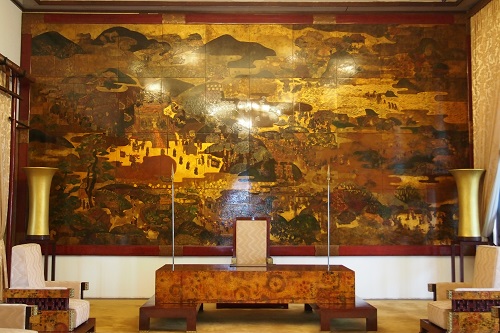
Sitting Down With The President
As well as a huge desk, the President's private office had space for more personal meetings with his closest advisors. A selection of telephones, in a full range of pastel colours, enabled him to keep contact with those further afield too.
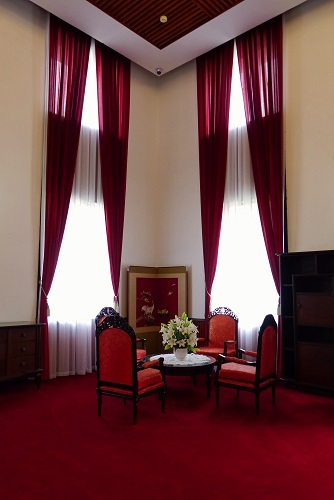
Animal Trophies At The Reunification Palace
Visiting dignitaries often brought rare gifts from their homelands and several such trophies adorn the guest apartments at the Reunification Palace. More recently, Vietnam has cracked down on the trade of endangered animals. A series of TV adverts ridicules those old fashioned enough to value bear bile, rhino horn and other such 'traditional' animal products.
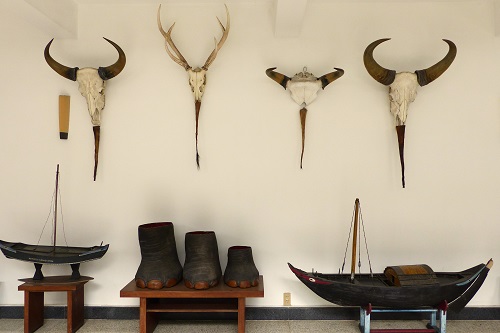
Take A Seat In The President's Bedroom
The President's bedroom seemed to have more seating than his private office. We wondered just how many people would be gathering in his bedroom on a regular basis. Perhaps we are better off not knowing!

Work Hard And Play Harder
The upper floors of the palace are almost entirely reserved for fun. A substantial private cinema and this huge games room are just a few of the areas that the President of South Vietnam dedicated to pleasure.
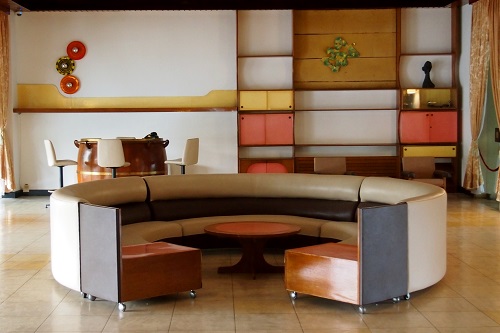
Party On The Roof
On the roof of the Reunification Palace, there was both a helipad and an area initially designed as a meditation room. The architect planned a peaceful space where the President could carefully reflect upon important matters of state. The President however had different ideas. He installed a dance floor and bar creating the perfect venue for extravagant rooftop parties.
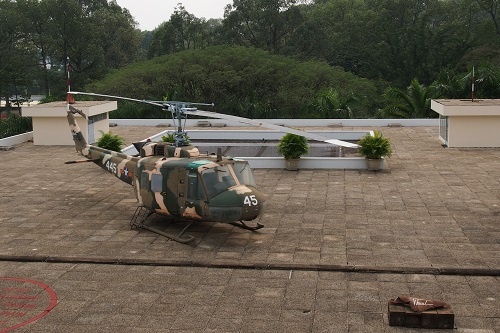
The Reunification Palace Bunker
The basement of the palace is a fortified bunker and strategic command centre. The country was at war during the 8 years this palace was in use so there would have been plenty of activity here. Huge maps of Vietnam and rooms full of communication equipment helped the leaders of South Vietnam to coordinate their forces. In the end it was not enough to stop the North Vietnamese from knocking down the front gate and ruining the lawn.
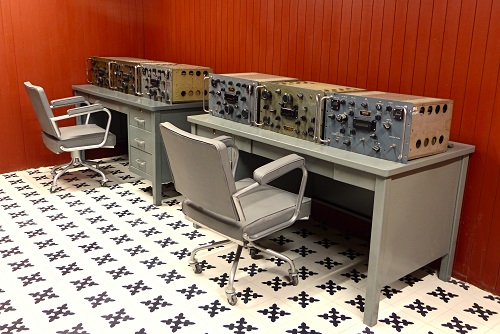
Reunification Palace Travel Tips
The Reunification Palace is open in the morning and again in the afternoon but is closed for a couple of hours over lunchtime. Bear this in mind when planning your trip.
Visitors to the Reunification Palace must 'dress appropriately'. Wear modest clothing and avoid shorts or sleeveless tops.
No food or drink is allowed at the Reunification Palace.
